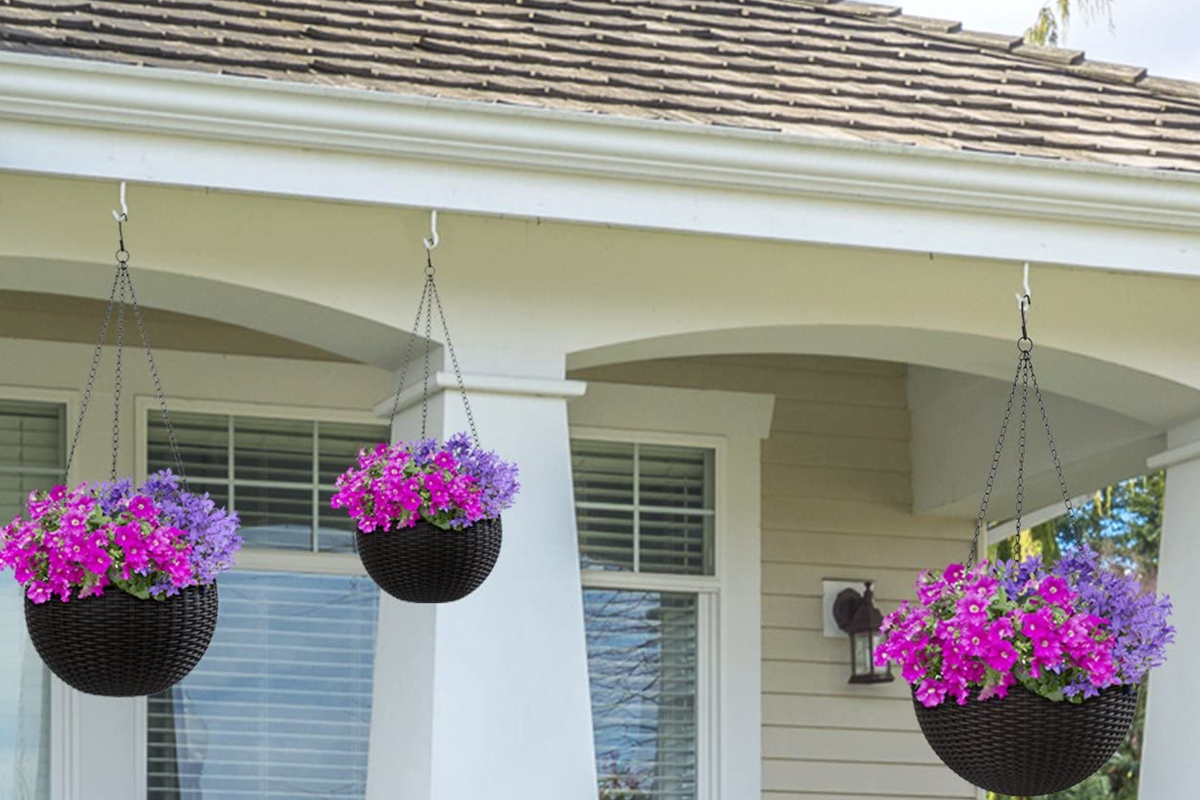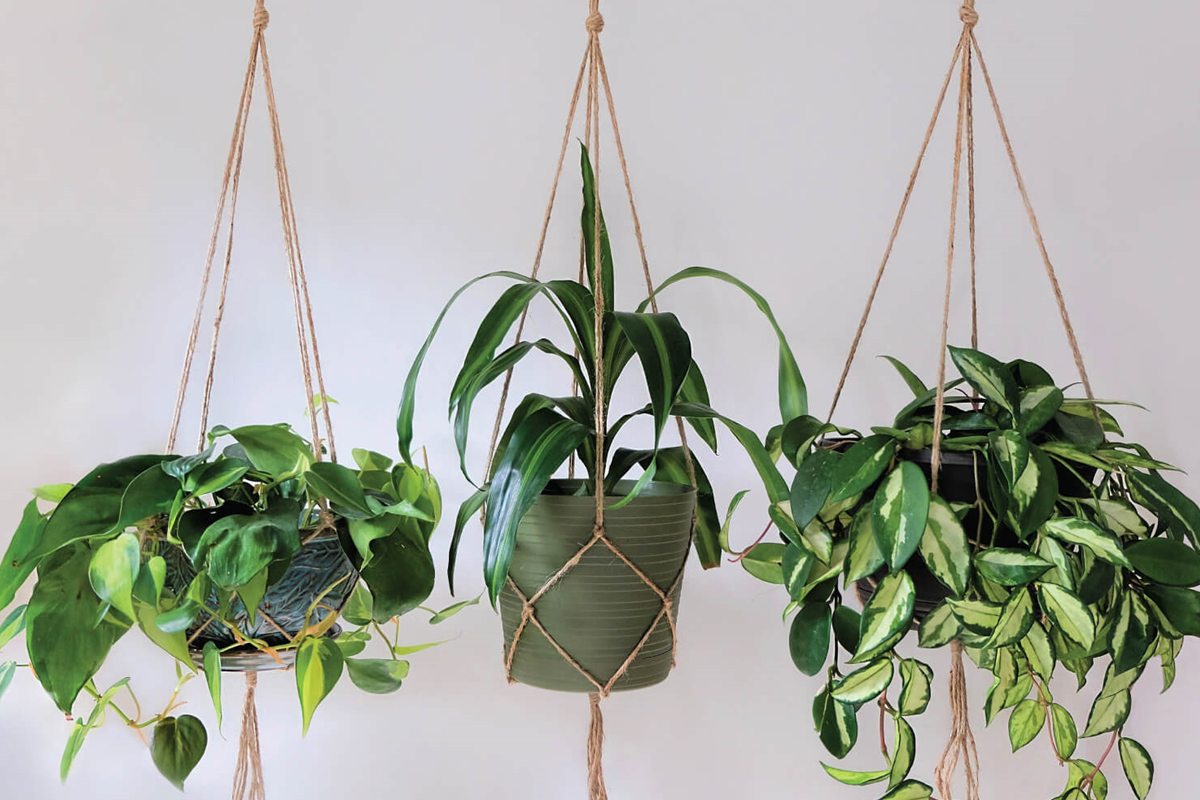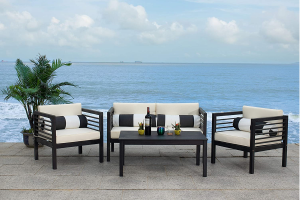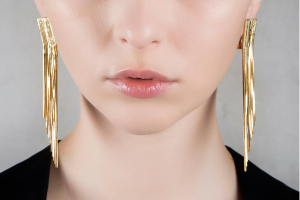What is it?
The Sorbus Hanging Planter is an eco-friendly alternative to cedar mulch and plastic tree guards. This hanging pot absorbs excess water that would otherwise run off, helping to reduce run-off that leads to flooding. The pot’s fluted surface also prevents soil from washing out, which helps reduce erosion on slopes and hillsides. The lid also provides a barrier against insects and weeds, while the tiered part of the pot allows for airflow and drainage. The tree’s roots are able to grow through the holes in the pot, which allows the tree to access water and nutrients from the soil.
Who is it for?
The product is intended for city dwellers, who live in areas with sidewalks and limited space, or those with overhanging branches that need to be pruned for safety reasons.
Why does it matter?
Focuses on an overlooked resource: plants. Plants can be an overlooked resource because of their low profile and their lack of easily measurable value (as in trees that are cut down for profit). This product makes plants “useful” by addressing the problems that are caused by overlooking them.

How does it work?
The product is made out of recycled plastic with a 3D printed cap and lid. The pot is large enough to hold several saplings at a time, typically 2 to 3. The cap keeps water in and features drainage holes so that the excess water can be drained off. The lid covers the opening, keeping bugs and insects out while still allowing rainwater to enter the pot. The three tiers allow for airflow and drainage, while protecting the tree from the elements. The roots of the tree grow out of the bottom tier and are able to access water and nutrients from the soil.
Why is this an important product?
Plants are an overlooked resource because of their low profile and lack of easily measurable value (as in trees that are cut down for profit). The Hanging Planter addresses this by creating a system that allows plants to be useful. The Hanging Planter allows for the control of plants, which can dramatically reduce the cost of urban life. The design consistently focuses on “nature” rather than on “art”, and encourages people to use nature to solve their problems in a sustainable way.


